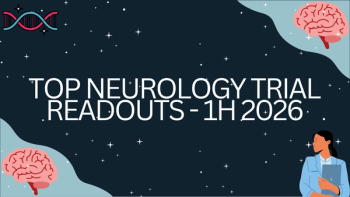
Addressing the Current State of Care, Pipeline in NMOSD: Melanie Truong-Le, DO, OD
The neuro-ophthalmologist at UT Southwestern further discussed the high cost of treatment for patients with neuromyelitis optica spectrum disorder and the need to improve access to care.
“I see a lot of burden on our patients because of this condition and I also see the hope that we have in terms of understanding this process so much more now than we used to. Overall, if we can find a way in which we can diagnose [NMOSD] early and start the treatment early, I think the overcoming factor will be improved for the patient.”
For patients with neuromyelitis optica spectrum disorder (NMOSD), early diagnosis and treatment is crucial, according to Melanie Truong-Le, DO, OD, neuro-ophthalmologist, UT Southwestern Medical Center. Although, to receive treatment, which is often infusion based, patients need to be in a large medical center, making access difficult in addition to high associated costs. Truong-Le spoke with NeurologyLive on the need to improve patient outcomes and further reduce uncertainty and the burden of associated health conditions such as anxiety and depression.
Also discussed was the state of the pipeline, with Truong-Le commenting on her interest in evidence-based research on when to interrupt or discontinue therapy, as well as the state of care. She further stressed the need to work on getting the treatments that they require early on in order to “tailor their treatment” when optic neuritis is associated with the diagnosis.
Newsletter
Keep your finger on the pulse of neurology—subscribe to NeurologyLive for expert interviews, new data, and breakthrough treatment updates.




























